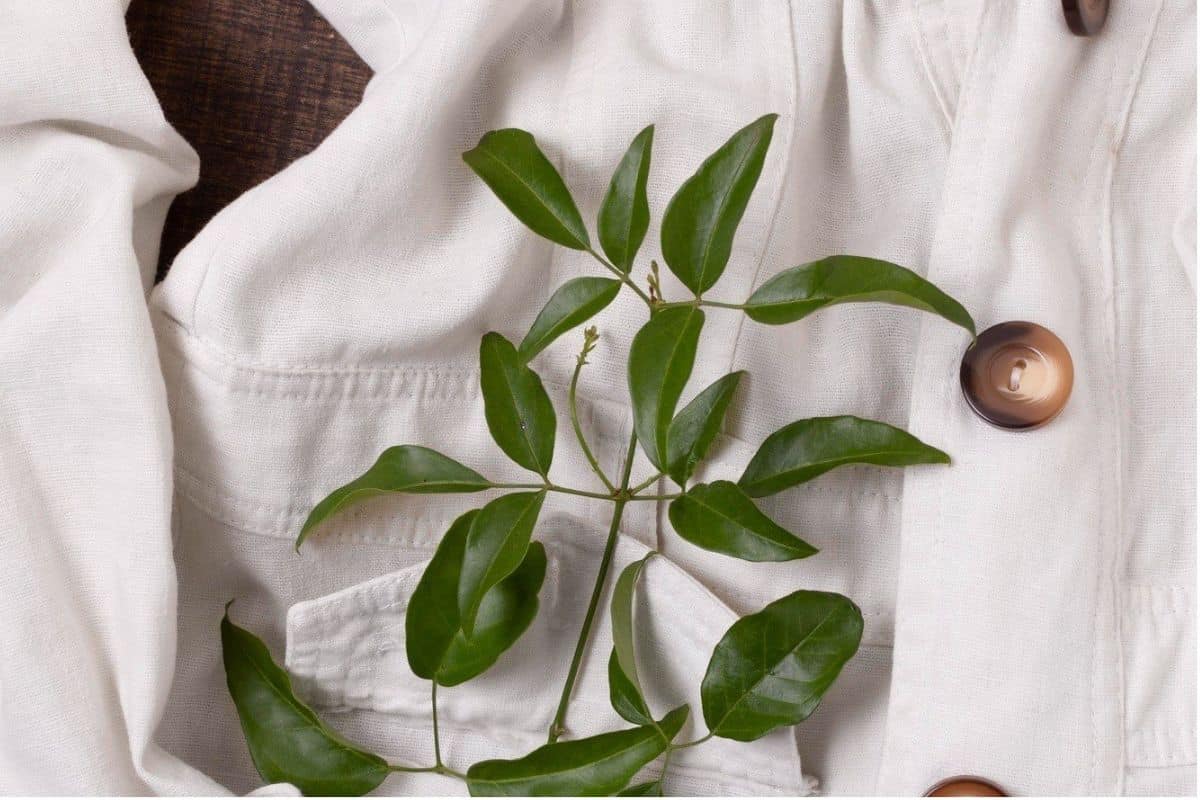Introduction
In today’s world, where sustainability is becoming a top priority, fashion is under the spotlight. As people become more aware of the environmental impact of what they wear, fabrics like viscose are being questioned. Many eco-conscious consumers are wondering: is viscose bad for the environment clothes that we wear daily?
Viscose is a widely used material in the fashion industry, found in dresses, shirts, linings, and more. But behind its smooth texture and silk-like appearance lies a process that may not be as green as it seems. In this blog, we’ll explore the truth about viscose clothes, how they are made, and whether they are sustainable.
What Exactly Is Viscose?
Viscose, or rayon, is an artificial fiber derived from natural sources like wood pulp—typically from trees like beech, pine, bamboo, or eucalyptus. It’s classified as a semi-synthetic fabric because it originates from natural materials but undergoes a heavy chemical process before turning into cloth.
The big question here is: is viscose bad for the environment clothes when it comes from trees? The answer isn’t simple and depends on various factors, mainly how it’s produced.
The Manufacturing Process of Viscose
Viscose production involves several stages:
Harvesting trees for cellulose
Dissolving pulp in chemicals like sodium hydroxide
Treating it with carbon disulfide
Forming threads through a spinneret
Re-solidifying into fibers and woven into the fabric
This process is extremely chemical-heavy, especially using carbon disulfide, which is hazardous to humans and the environment. So again, we must ask: is viscose bad for the environment clothes due to how they’re manufactured?
Why Is Viscose Considered Environmentally Harmful?
There are multiple reasons why viscose is viewed critically by environmentalists:
1. Chemical Pollution
Viscose factories release toxic substances into the air and water. Carbon disulfide affects factory workers, nearby residents, and wildlife, and it can remain in the ecosystem for years.
So yes, when you ask is viscose bad for the environment clothes, pollution from production makes the answer a likely yes.
2. Deforestation
Viscose relies on wood pulp. If the wood is not sustainably sourced, it leads to Deforestation, habitat destruction, and biodiversity loss.
Many viscose clothes come from suppliers who clear endangered forests. That fact alone makes many people ask: is viscose bad for the environment clothes linked to Deforestation?
3. High Water Consumption
Producing viscose consumes a lot of water — from growing the trees to chemical processing. In water-scarce regions, this is especially harmful.
The environmental cost makes us seriously consider: is viscose bad for the environment clothes even if the fabric feels soft and breathable?
Is Viscose Biodegradable or Sustainable?
Technically, viscose is biodegradable. Since it comes from plant cellulose, it can break down over time, unlike polyester. However, the chemical treatment it undergoes reduces its sustainability.
So, while viscose clothes may decompose faster than synthetics, the damage caused during production is what counts. This brings us back to the central concern: is viscose bad for the environment clothes when its entire lifecycle is considered?
Why Do Brands Use Viscose So Often?
Despite its environmental flaws, viscose is used by thousands of fashion brands worldwide because:
It’s cheap to produce
It mimics silk in appearance and feels
It drapes well and absorbs dyes beautifully
Due to these qualities, viscose is a favorite in fast fashion. Unfortunately, fast fashion is a major polluter — so naturally, people wonder: is viscose bad for the environment clothes used in such unsustainable fashion cycles?
Better Alternatives to Traditional Viscose
Thankfully, there are more sustainable alternatives to viscose clothes:
TENCEL™ (Lyocell)
Using a closed-loop process, Tencel uses far fewer toxic chemicals and recycles 99% of its solvents.
Organic Cotton
Naturally grown without synthetic pesticides or fertilizers, making it a safer environmental option.
Hemp and Linen
They require little water, grow fast, and are biodegradable — perfect eco-friendly options.
Switching to these options means we no longer have to ask is viscose bad for the environment clothes — because these choices are better.
How Can Consumers Make Better Choices?
Here’s how you, as a conscious shopper, can reduce your impact:
Read clothing labels carefully
Support brands using sustainable viscose or alternatives
Buy less, choose well, and wear longer
Look for certifications like FSC, OEKO-TEX, or GOTS
Taking these steps means you’re helping reduce the need for harmful viscose production. So, you no longer need to ask is viscose bad for the environment clothes if you’re buying from eco-conscious sources.
Conclusion: Is Viscose Bad for the Environment Clothes?
To sum up — viscose has benefits in terms of comfort, affordability, and aesthetics. However, the environmental cost of viscose production — chemical pollution, Deforestation, and water usage — raises serious concerns.
Unless it’s produced using eco-friendly methods (like closed-loop TENCEL), the answer to is viscose bad for the environment clothes is, sadly, Yes, most of the time.
But we can create change by:
Asking questions
Supporting sustainable brands
Educating others
FAQs (Frequently Asked Questions)
1. Why is viscose considered bad for the environment?
Because the production uses harmful chemicals like carbon disulfide, which pollute air and water, people often ask, is viscose bad for the environment clothes made from it?
2. Is viscose worse than polyester?
Polyester is non-biodegradable, but viscose pollutes more during production. So, while both have drawbacks, many still ask: is viscose bad for the environment clothes compared to synthetics?
3. Can viscose be made sustainably?
Yes. New methods like closed-loop processing reduce its impact. In such cases, is viscose bad for the environment clothes made using sustainable practices? Probably not.
4. Is all viscose bad for the environment?
Not necessarily. If responsibly sourced and manufactured, its impact is much lower. But the question is viscose bad for the environment clothes still depend on how and where it’s made.
5. What certifications prove eco-friendly viscose?
Look for FSC, OEKO-TEX, TENCEL, or GRS-certified viscose. These ensure less harm to the planet. They help answer: is viscose bad for the environment clothes you’re purchasing?
6. Does viscose contribute to Deforestation?
Yes, especially if the pulp comes from unsustainable forests. That’s a significant reason why people ask, is viscose bad for the environment clothes tied to tree loss?
7. Are viscose clothes recyclable?
Viscose itself isn’t widely recycled, but some blended forms can be. Still, most viscose ends up in landfills — reviving the concern: is viscose bad for the environment clothes that don’t get reused?
8. Should I avoid viscose altogether?
Not always. Just avoid cheap, fast-fashion viscose and choose certified, eco-viscose options. That way, is viscose bad for the environment clothes you buy won’t always be a yes.
9. Is bamboo viscose eco-friendly?
Not always. Bamboo is fast-growing, but if turned into viscose using harsh chemicals, the result is still harmful. So again, is viscose bad for the environment clothes made from bamboo? It depends on the process.
10. Can second-hand viscose clothing be a better choice?
Yes! Buying second-hand avoids new production and reduces waste. That’s one way to bypass the issue of is viscose bad for the environment clothes — by extending their lifespan.
















